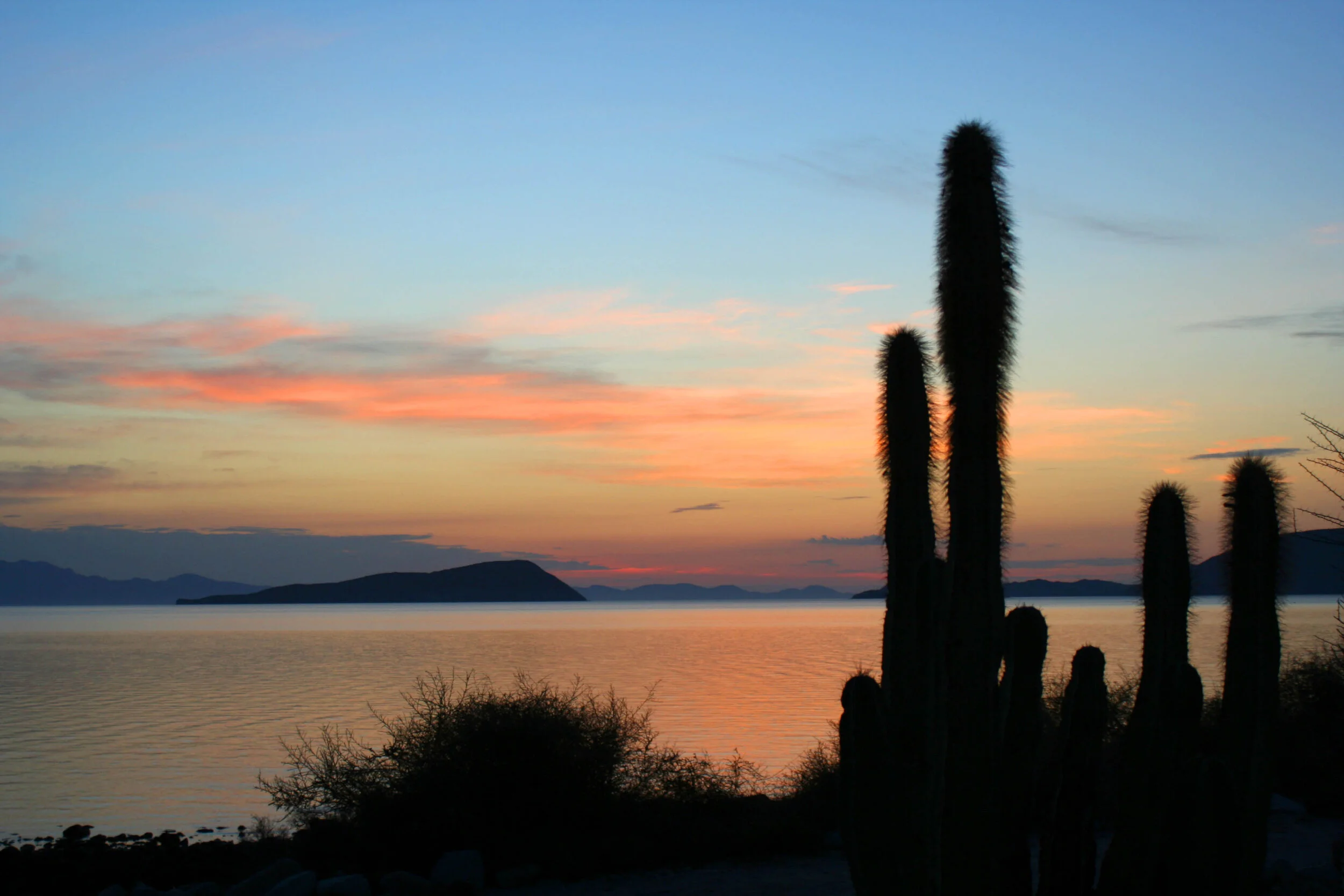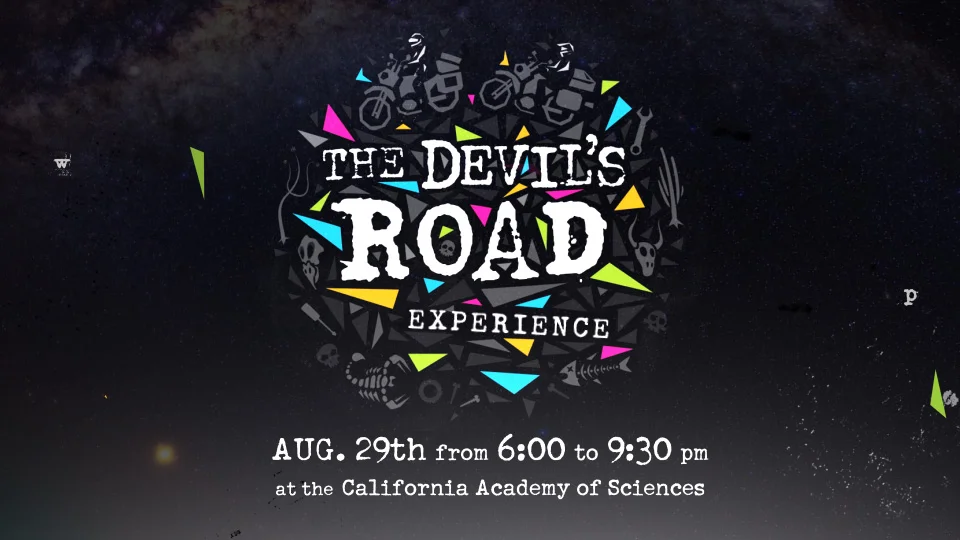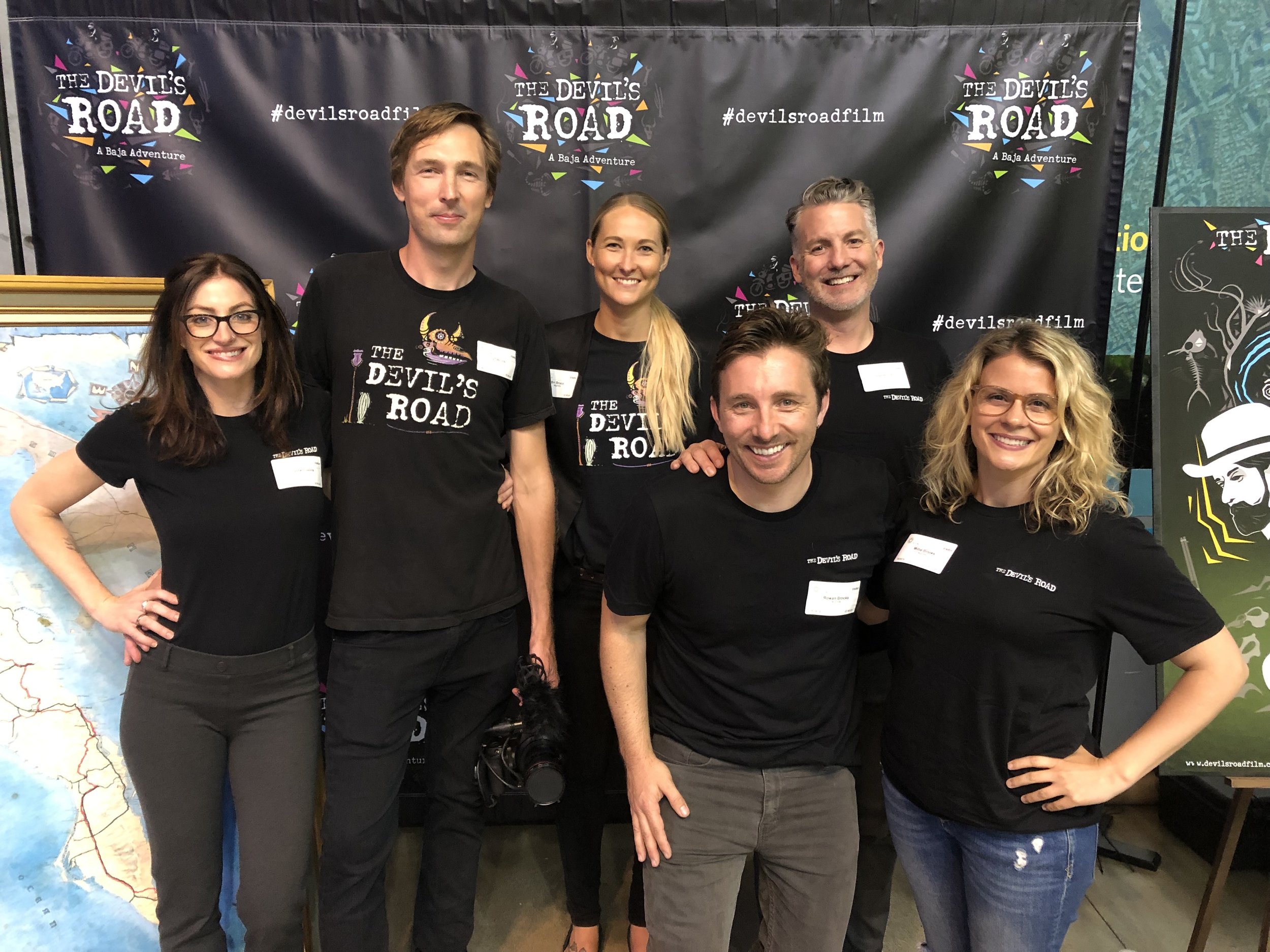Last week, the production team and contributing scientists behind The Devil’s Road: A Baja Adventure were invited to the California Academy of Sciences in San Francisco as the featured guests of the August 29th Desert NightLife event.
Attendees sipped craft cocktails, grooved to some music, and paid a visit to The Devil’s Road booth beside the iconic Rainforest Dome.
Amid the Academy’s regularly scheduled programs, NightLifers caught a glimpse into Baja’s past through the retelling of an unprecedented adventure at the turn of the century—and our quest to recreate it.
Visitors took a peek at historic photographs from the original 1905-1906 expedition, along with bird and rodent specimens, collected by Nelson and Goldman and housed in the Academy’s archives, on display at the booth. The specimens included a species of cormorant, acorn woodpecker, warbler, and pocket mouse. With incredible preservation methods clear, some specimens dated back to the late 1870s.
Many mutual adorations for Baja were shared, as well as stories of adventures along the peninsula by travelers and scientists alike.
Later in the evening in Africa Hall, all seats were occupied for the anticipated panel discussion, part of The Devil’s Road Experience.
On the panel were JT Bruce, Devil’s Road Director, Greg Meyer, Devil’s Road Scientific Advisor, Moe Flannery, Ornithology and Mammology Collection Manager, and Shannon Bennet, CalAcademy Chief of Science, to speak to the film and its many themes, the collection of species, and conservation in Baja and the world at large.
Interspersed with short segments from the film and a longer sneak peek of the film’s first ten minutes. The discussion ended with a moving Q&A that offered a behind-the-scenes look at the filmmaking process and attendees inquired as to how they can become involved in the protection of Baja’s ecosystems
Real stories like the many weaving throughout The Devil’s Road are vital in gaining public support to protect Earth’s ecosystems. It’s crucial to reach as wide an audience as possible.
Please consider supporting our project by making a donation.


















